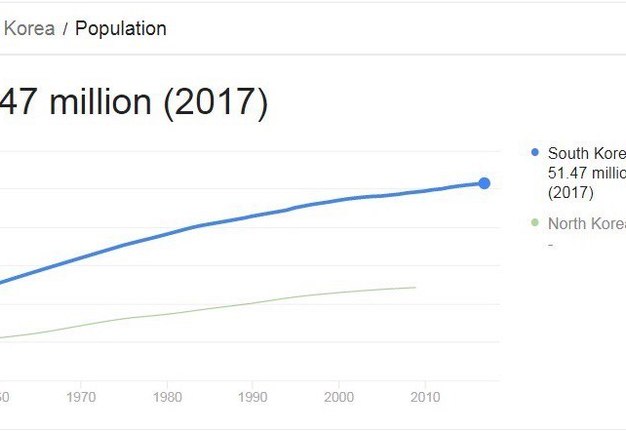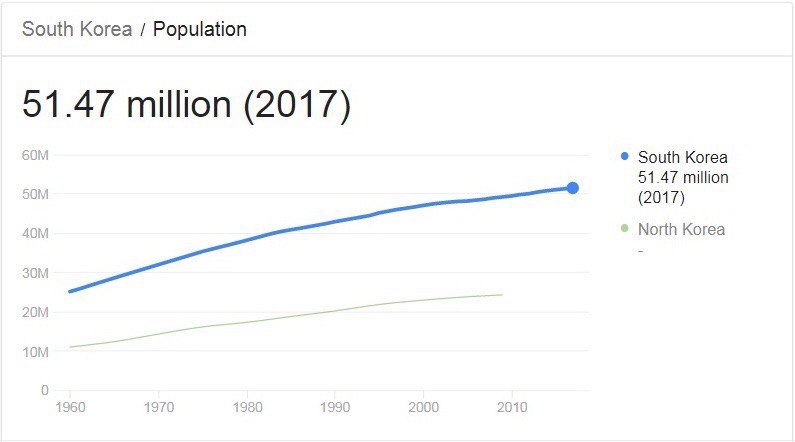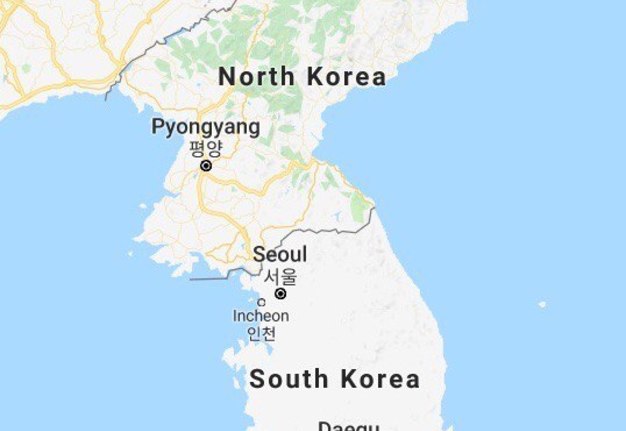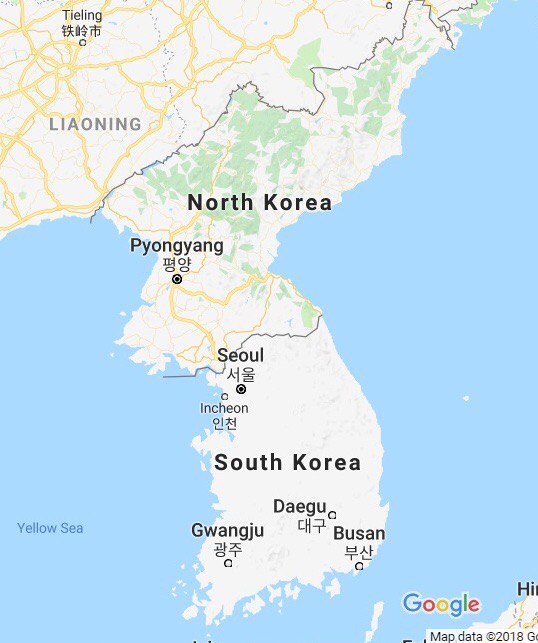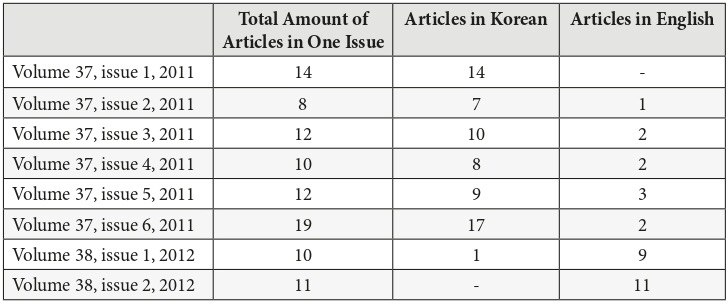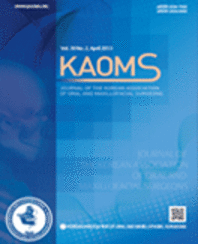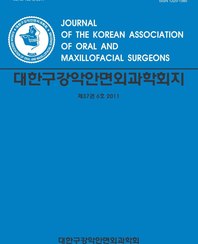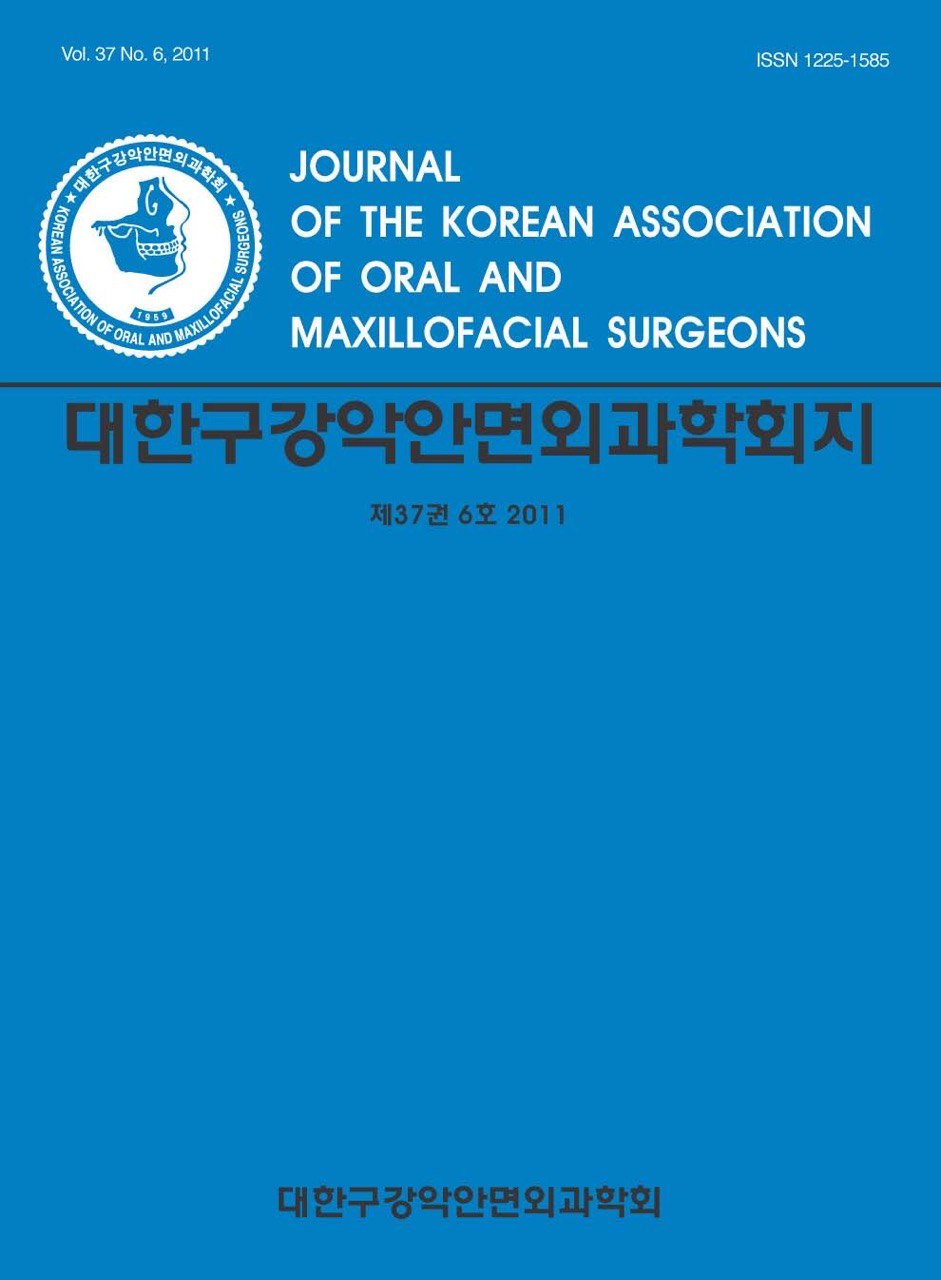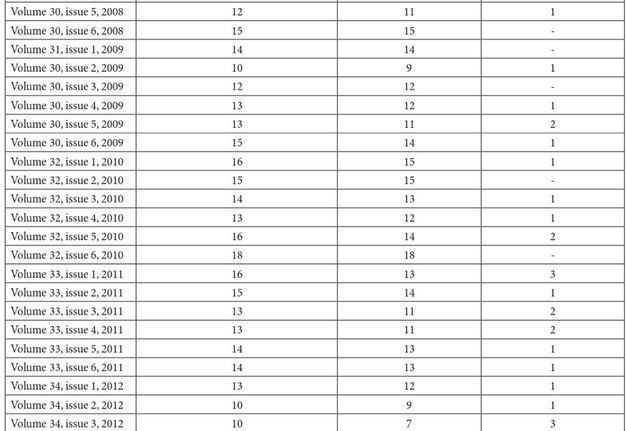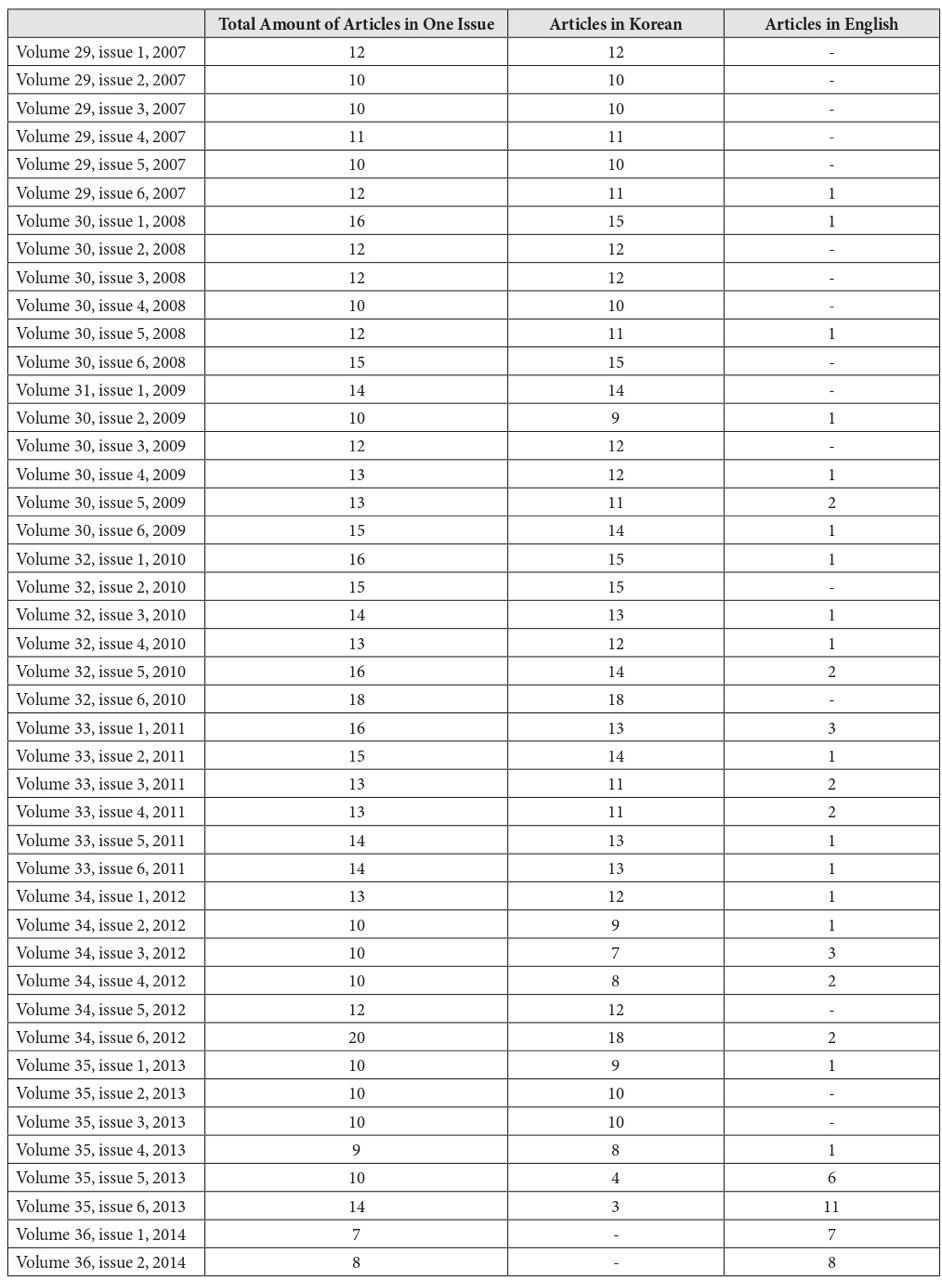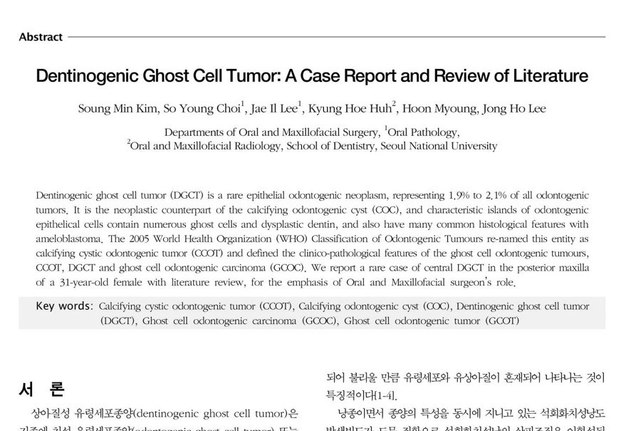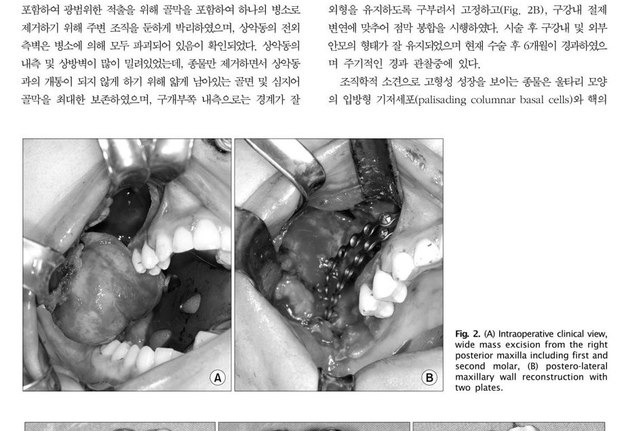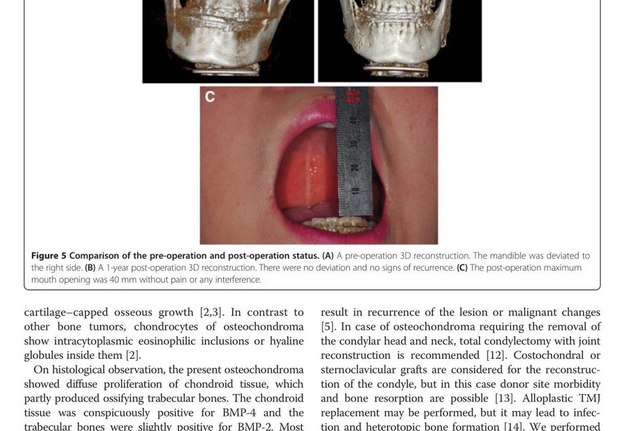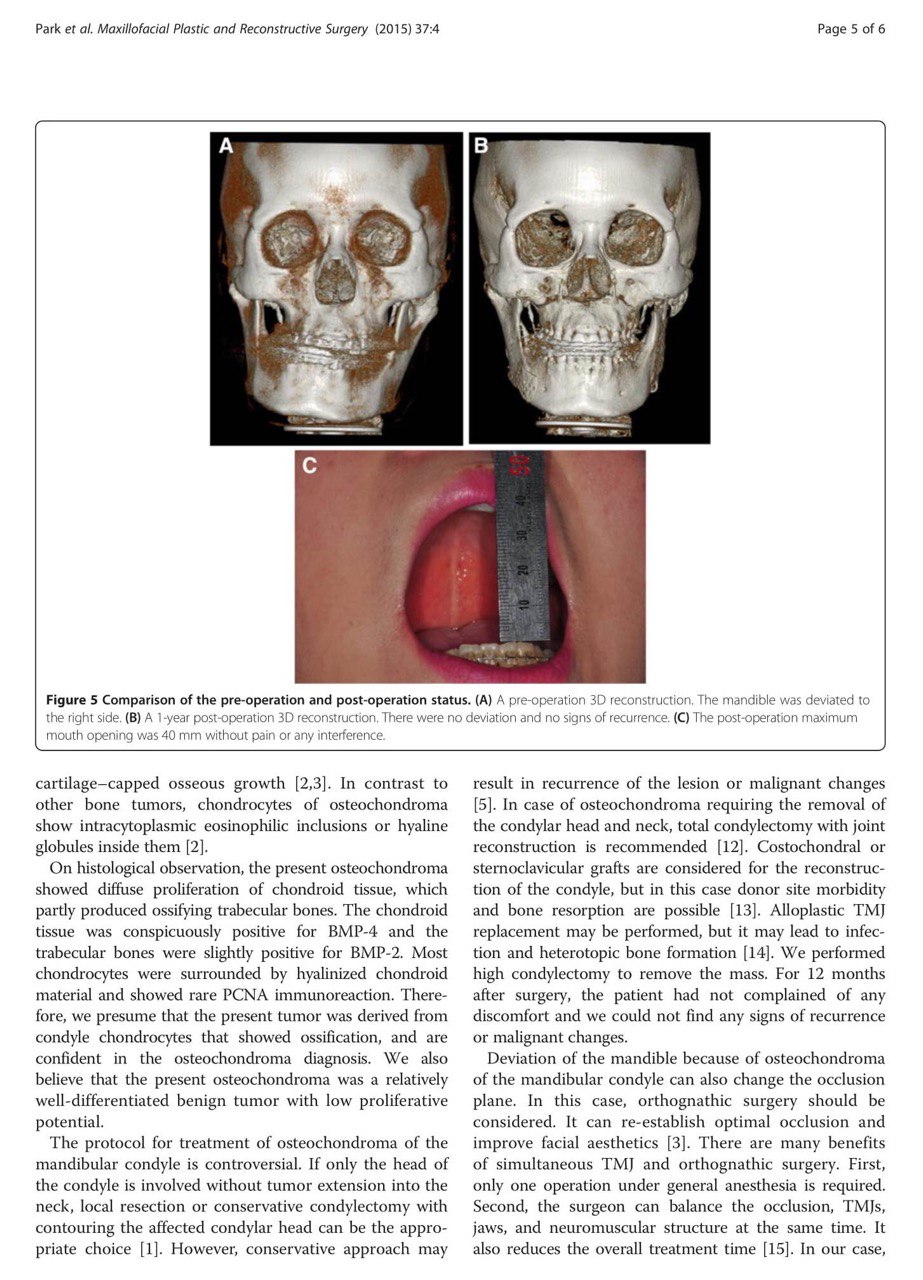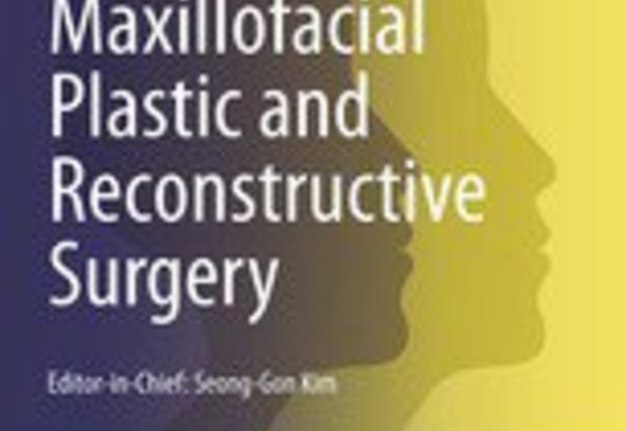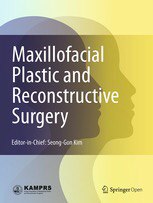Transition from Korean to English Language of South Korean Journals Both Dedicated to the Oral and Maxillofacial Surgery (OMS): The Transitions' Impact on OMS Residency Programs
December 25, 2018
https://doi.org/10.23999/j.dtomp.2018.4.3
J Diagn Treat Oral Maxillofac Pathol 2018;2:155−64.
Under a Creative Commons license
How to cite this article
Tymofieiev OO, Fesenko OD, Fesenko II. Transition from Korean to English language of South Korean journals both dedicated to the oral and maxillofacial surgery (OMS): the transitions` impact on OMS residency programs. J Diagn Treat Oral Maxillofac Pathol 2018;2(4):155−64.
Contents: Summary | Introduction | Discussion | Results | Conclusions | Role of Co-Authors | Ethical Approval | Fundings | Publication Permissions | References (14)
INSTITUTIONAL REPOSITORY
https://ir.kmu.edu.ua/handle/123456789/770
Summary
In South Korea, two peer-reviewed journals related to the field of oral and maxillofacial surgery (OMS) [1-3]: 1) Journal of the Korean Association of Oral and Maxillofacial Surgeons for 43 years; 2) Maxillofacial Plastic and Reconstructive Surgery are already existing for 40 years. Both have a long time traditions of publishing and editorial process of peer-review articles. And both journals have undergone the process of changing the language of publications – transition from the official state language to English. The purpose of that analytic paper is to highlight that transition, as each of the journals has a different type of language transition. The transitions` impact on OMS residency programs is also discussed.
Introduction
The Korean language is an East Asian language spoken by about 77 million people (Fig 1) at Korean Peninsula [4]. It is a member of the Korean language family and is the official language of both South and North Korea (Fig 2) [5]. The Korean language started to have small differences between South and North versions from 1945, when Korea was de facto separated into two countries. But generally the Korean language uses the Korean alphabet known as Hangul (synonyms: Hangeul, Han’gŭl) [6].
The English language tacked a position as a leading world language (synonyms: global language, international language) from the late 1940s [7].
Crystal D. (2003) [7] reported the statistics collected in his book English as a Global Language – about a quarter of the world’s population is already fluent or competent in English (around 1.5 billion people), and this figure is steadily growing. No other language can match this growth rate [7].
In South Korea are already existing two peer-reviewed journals related to the field of OMS [1-3]: 1) Journal of Korean Association of Oral and Maxillofacial Surgeons for 43 years; 2) Maxillofacial Plastic and Reconstructive Surgery for 40 years. Both have a long time traditions of publishing and editorial process of cutting-edge articles. And both journals have undergone the process of changing the language of publications – transition from the official state language to English. The goal of that analytic paper is to highlight that transition, as each of the journals has a different type of language transition. The transitions` impact on OMS residency programs is also discussed.
Discussion
The English language becomes an official language of all important meetings around the globe in the field of oral and maxillofacial surgery (OMS): International Conference on Oral and Maxillofacial Surgery, Congress of the European Association for Cranio-Maxillo-Facial Surgery, Asian Congress on Oral and Maxillofacial Surgery, etc.
Also, the OMS residency programs in the developed countries usually include a mandatory list of scientific publications related to the OMS specialty. For example, among 22 recommended publications for completing the Oral and Maxillofacial Surgery Residency Program (organized by the Royal Australasian College of Dental Surgeons), 100% of it are the English language publications (Australian Dental Journal; British Journal of Oral and Maxillofacial Surgery; Journal of Oral and Maxillofacial Surgery; Journal of Cranio-Maxillofacial Surgery; Journal of Craniofacial Surgery, International Journal of Oral and Maxillofacial Surgery; Journal of Plastic and Reconstructive Surgery; Oral Surgery, Oral Medicine, Oral Pathology, Oral Radiology; Dentomaxillofacial Radiology; Journal of the Canadian Dental Association; Journal or Oral and Maxillofacial Implants; Journal of Oral Pathology and Oral Medicine; Journal of Orofacial Pain; The Laryngoscope; Otolaryngology Head and Neck Surgery; Ear Nose Throat Journal; Oral and Maxillofacial Clinics of North America; The International Journal of Adult Orthodontics and Orthognathic Surgery; American Journal of Orthodontics and Dentofacial Orthopaedics; Journal of Head and Neck Surgery; Cleft Palate and Craniofacial Surgery Journal; and Journal of ENT and Head and Neck Surgery) [8].
JOURNAL OF THE KOREAN ASSOCIATION OF ORAL AND MAXILLOFACIAL SURGEONS: TRANSITION INTO FULLY ENGLISH LANGUAGE JOURNAL
The oldest South Korean Journal dedicated to the OMS Surgery is a Journal of Korean Association of Oral and Maxillofacial Surgeons. It was launched in 1975 as a bimonthly official publication of the Korean Association of Oral and Maxillofacial Surgeons. From 2012, the official language of the journal was changed from Korean to English [1].
Kwon (2012) in his article “Prerequisites for international article: suggestion for our publication system” fixed a second issue (volume 38, year 2012) as a starting point issue from which the Journal of the Korean Association of Oral and Maxillofacial Surgeons (Fig 3) has been started as a fully English-written journal [1]. The transition into fully English language journal happened after 37 years of journal publishing as a fully Korean language peer-reviewed journal and 1 year of transition period (Table 1) (publication of journal with different amounts of Korean and English language articles) [9].
JOURNAL MAXILLOFACIAL PLASTIC AND RECONSTRUCTIVE SURGERY: TRANSITION INTO FULLY ENGLISH LANGUAGE JOURNAL
Another leading Korean OMS publication – Maxillofacial Plastic and Reconstructive Surgery is the official journal of the Korean Association of Maxillofacial Plastic and Reconstructive Surgeons. It was launched in 1978 as Journal of Korean Association of Maxillofacial Plastic and Reconstructive Surgeons (Fig 4). Its language transition proceeded from the 6th issue of 2007 to the first issues of 2014 (Table 2). The issue #6 of 2007 contains 11 papers in Korean and the only 1 in English [10]. The 6th (last) issue of 2013 contains totally 11 articles in English and only 3 of them were in Korean [10]. Starting from 2014 the Journal of Korean Association of Maxillofacial Plastic and Reconstructive Surgeons is accepting only English-written manuscripts.
Thus, the transition period continued 7 years and happened after 36 years of publishing as Korean language journal. But the Journals` improvement continues and in 2015 an Editorial Board had changed the Journals` name into a shorter one – Maxillofacial Plastic and Reconstructive Surgery (Figs 5, 6). The publisher was changed as well, and publication proceeded in only electronic open access version [2].
FIGURE 4. (A) An example of the Korean language article in the Journal of Korean Association of Maxillofacial Plastic and Reconstructive Surgeons during transition period in 2013. This is a cropped 1st page of article: Kim SM, Choi SY, Lee JL, Huh KH, Myoung H, Lee JH. Dentinogenic ghost cell tumor: a case report and review of literature. J Korean Assoc Maxillofac Plast Reconstr Surg 2013;35(1):66─71. [2].
FIGURE 4 (cont`d). (B) An example of the Korean language article in the Journal of Korean Association of Maxillofacial Plastic and Reconstructive Surgeons during transition period in 2013. This is a cropped 3rd page of article: Kim SM, Choi SY, Lee JL, Huh KH, Myoung H, Lee JH. Dentinogenic ghost cell tumor: a case report and review of literature. J Korean Assoc Maxillofac Plast Reconstr Surg 2013;35(1):66─71. [2].
FIGURE 5. (A) An example of the English article after transition of the Journal Maxillofacial Plastic and Reconstructive Surgery in 2014 into the completely English language publication. This is a cropped 1st page of article: Park YW, Lee WY, Kwon KJ, Kim SG, Lee SK. Bimaxillary orthognathic surgery and condylectomy for mandibular condyle osteochondroma: a case report. Maxillofac Plast Reconstr Surg 2015;37(1):4. [3].
FIGURE 5 (cont`d). (B) An example of the English article after transition of the Journal Maxillofacial Plastic and Reconstructive Surgery in 2014 into the completely English language publication. This is a cropped 5th page of article: Park YW, Lee WY, Kwon KJ, Kim SG, Lee SK. Bimaxillary orthognathic surgery and condylectomy for mandibular condyle osteochondroma: a case report. Maxillofac Plast Reconstr Surg 2015;37(1):4. [3].
TRANSITIONS` IMPACT ON OMS RESIDENCY PROGRAMS AND NATIONAL OMS SURGERY
A lot of authors (Inverso et al, 2016; Lee et al, 2018) pointed to the importance of publications by the trainees during the postgraduate training process [11, 12]. For example, the grant system provided by the different OMS Foundations would be effective in encouraging students and faculty to participate in research, complete research projects, presenting abstracts, and publishing the results in peer-reviewed journals [11]. When publishing a paper in the English language peer-reviewed journal the authors (residents, inters, trainees, surgeons et al.) and their institutions obtain next advantages:
- The paper becomes readable in every corner of the world;
- More readers cite the paper;
- Recognizability and reputation of the authors and their institutions increase globally as opinion leaders of a special topic;
- Increased recognizability and reputation of the authors will help to improve international contacts, to start friendship with colleagues, new partnership projects, to receive invitations in status of a visiting professor, etc.;
- International collaboration can lead to a joint projects: books (for example the textbook Implants in the Aesthetic Zone: A Guide for Treatment of the Partially Edentulous Patient (editor–Schoenbaum T.R., 2018) includes 25 authors, representing 11 countries, and 10 universities) [13], organizations of scientific meetings, etc.
Results
Analysis of publication history of both South Korea OMS journals depicts us a precise way how the language transition was performed. In the journal Maxillofacial Plastic and Reconstructive Surgery the language transition was a gradual, seven-year process (starting point ─ the first issue in which appears English language article) accomplished in 2014. In other publication, Journal of Korean Association of Oral and Maxillofacial Surgeons, the language transition was a one-year process accomplished in 2012.
Conclusions
There are following advantages of the journal transition into a fully English language peer-review publication:
- The papers of that journal become readable in every corner of the world;
- More readers can cite the papers of that journal;
- Recognizability and reputation of the authors and their institutions increase globally (not only in the country of authors origin) as opinion leaders of a special topic;
- Increased recognizability and reputation of the authors will help to improve international contacts, to start friendship with colleagues, new partnership projects, to receive invitations in status of a visiting professor, etc.;
- International collaboration can lead to joint projects: books, articles, organization of the scientific meetings, etc.
The transition of the fully Korean language journals into the fully English language journals happened after 37 years (Journal of the Korean Association of Oral and Maxillofacial Surgeons) and 36 years of publishing (Journal–Maxillofacial Plastic and Reconstructive Surgery; previous title–Journal of Korean Association of Maxillofacial Plastic and Reconstructive Surgeons). That fact testifies that transition was a requirement of a time of English as global language [7, 14]. And other fact that transition finished almost simultaneously (year 2012 and year 2014) testifies about some possible competition between those two Korean journals.
Role of the Co-authors
Oleksii O. Tymofieiev (editing)
Oksana D. Fesenko (material collection).
Ievgen I. Fesenko (concept of the article, writing, and editing).
All authors read and approved the final manuscript.
Ethical Approval
None.
Fundings
No funding was received for this study.
Publication Permissions
Figures 5 and 6 are published according the terms of the Creative Commons Attribution Non-Commercial License (Link) and Creative Commons Attribution 4.0 International License (Link).
References (14)
-
Kwon TG. Prerequisites for international article: suggestion for our publication system. J Korean Assoc Oral Maxillofac Surg 2012;38(3):184─5.
Crossref -
Kim SM, Choi SY, Lee JL, Huh KH, Myoung H, Lee JH. Dentinogenic ghost cell tumor: a case report and review of literature. J Korean Assoc Maxillofac Plast Reconstr Surg 2013;35(1):66─71.
-
Park YW, Lee WY, Kwon KJ, Kim SG, Lee SK. Bimaxillary orthognathic surgery and condylectomy for mandibular condyle osteochondroma: a case report. Maxillofac Plast Reconstr Surg 2015;37(1):4. Crossref
-
Lee S. A sketch of language history in the Korean peninsula. PLoS ONE 2015;10(5):e0128448. Crossref
-
Song, JJ. English as an official language in South Korea: global English or social malady? Lang Prob Lang Plan 2011;35(1):35–55. Crossref
-
Pieper D. Han'gul for the nation, the nation for Han'gul: the Korean language movement, 1894-1945. All Theses and Dissertations (ETDs) 450. 2011.
-
Crystal D. English as a global language. 2nd ed. Cambridge: Cambridge University Press; 2003.
-
The Royal Australasian College of Dental Surgeons. Handbook for accredited education and training in oral and maxillofacial surgery. 2000.
-
Journal of Korean Association of Oral and Maxillofacial Surgeons [document on the internet]; 2018 October 16 [cited 2018 Oct 26]. Available from: Link
-
Journal of Korean Association of Maxillofacial Plastic and Reconstructive Surgeons [document on the internet]; 2018 October 07 [cited 2018 Oct 26]. Available from: Link
-
Inverso G, Chuang SK, Kaban LB. Oral and maxillofacial surgery foundation research and fellowship awards: a 26-year review at massachusetts general hospital and harvard school of dental medicine. J Oral Maxillofac Surg 2016;74(2):234─8. Crossref
-
Lee KC, Eisig SB, Koch A. Oral and maxillofacial surgery program websites under-report content related to resident recruitment and education. J Oral Maxillofac Surg 2018;76(9):1841.e1─1841.e7. Crossref
-
Schoenbaum TR. Implants in the aesthetic zone: a guide for treatment of the partially edentulous patient. 1st ed. Springer; 2018. Crossref
-
Fesenko IP. Transition from singular to plural form in single-person addressing. 2nd ed. Kyiv: EPC ALCON; 2015.
